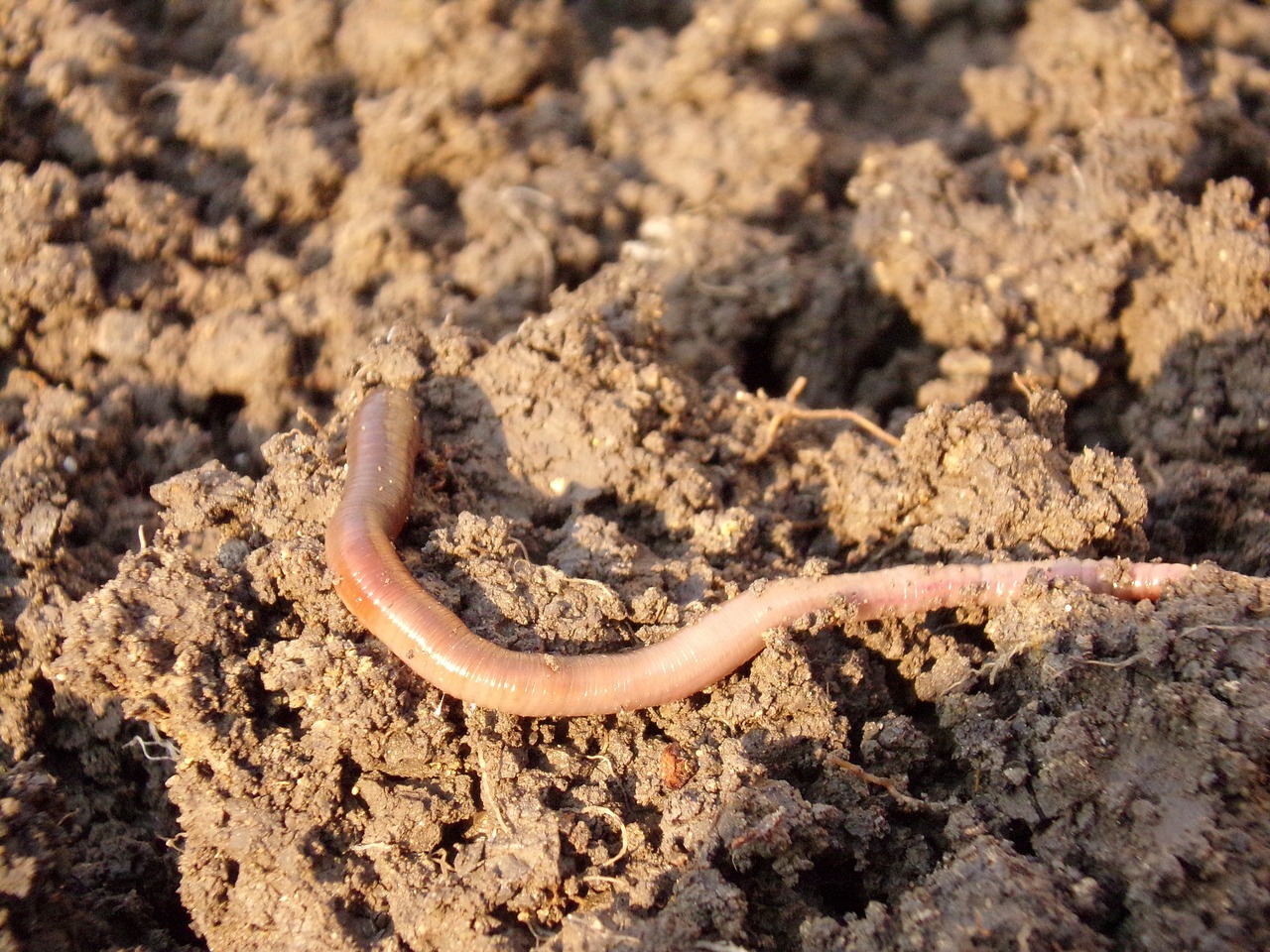
It's a Dirty Job
In this lesson, students will create mini habitats to observe earthworm behavior and learn about the important role that earthworms play in decomposition and plant growth.

In this lesson, students will create mini habitats to observe earthworm behavior and learn about the important role that earthworms play in decomposition and plant growth.
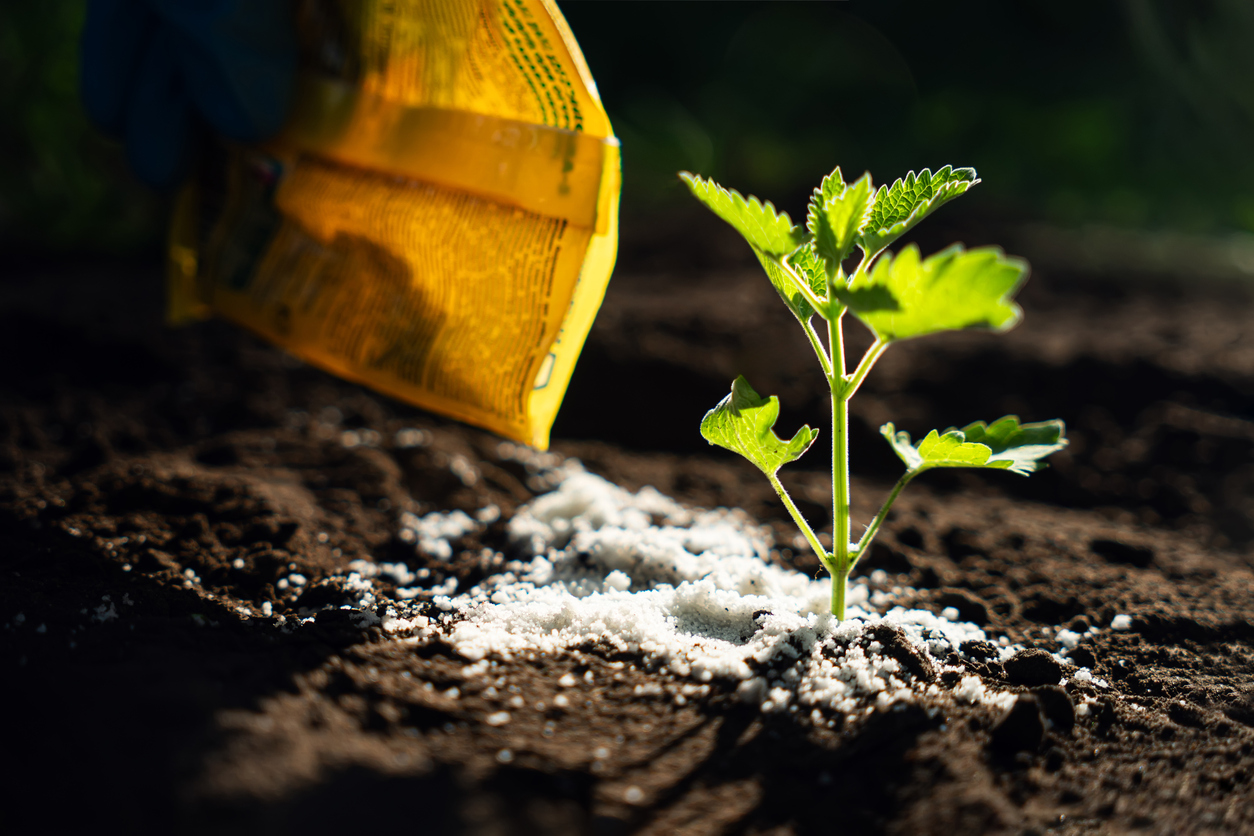
In this lesson, students will learn how to read a fertilizer label, understand the components of fertilizers, and explore factors for choosing the appropriate fertilizer for a given situation. Students will use their knowledge and conduct research on one type of soil supplement to design a persuasive product advertisement.
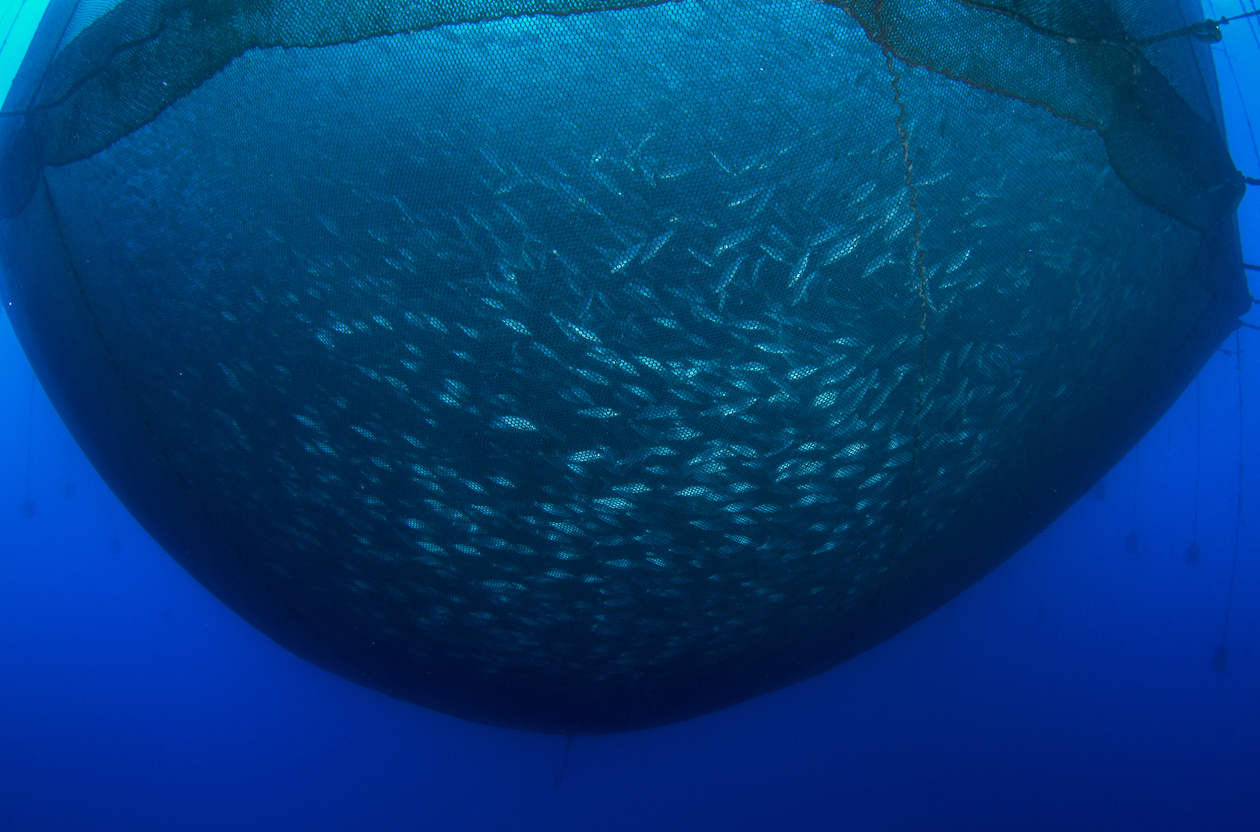
Students discover the sources of various fish and seafood, compare wild-caught and farm-raised aquaculture systems, and use a simulation to learn how overfishing can damage the ocean ecosystem.
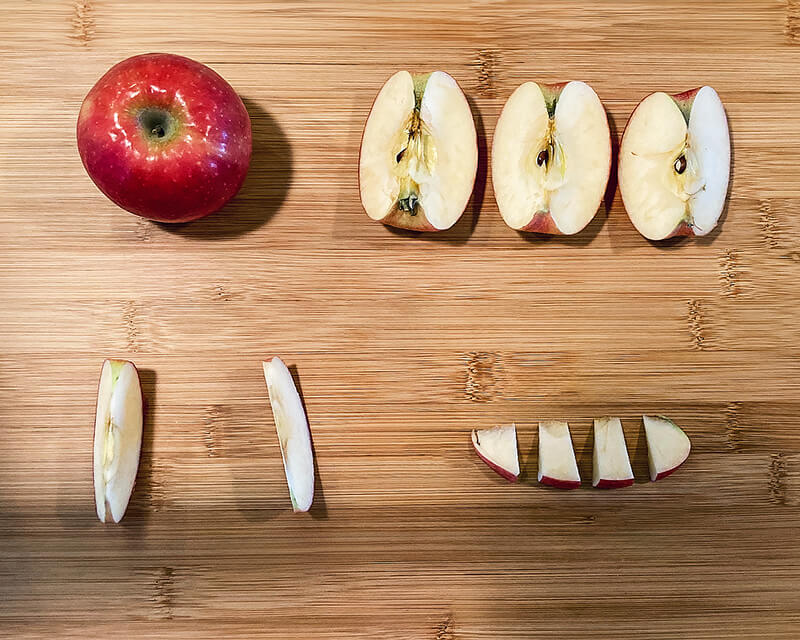
Students use an apple to represent the Earth and discover how our land resources are used. Through critical thinking, students discover why topsoil is a nonrenewable resource, the importance of soil to our food supply, and factors that impact topsoil distribution in different regions.
Students will explore various ways that have been used to preserve food over the ages. They will also learn about techniques used to process food today and hypothesize about other methods scientists might use to process food safely in the future. Finally, students will conduct a simulation of high pressure treatment and discover how it destroys bacteria without crushing the food.
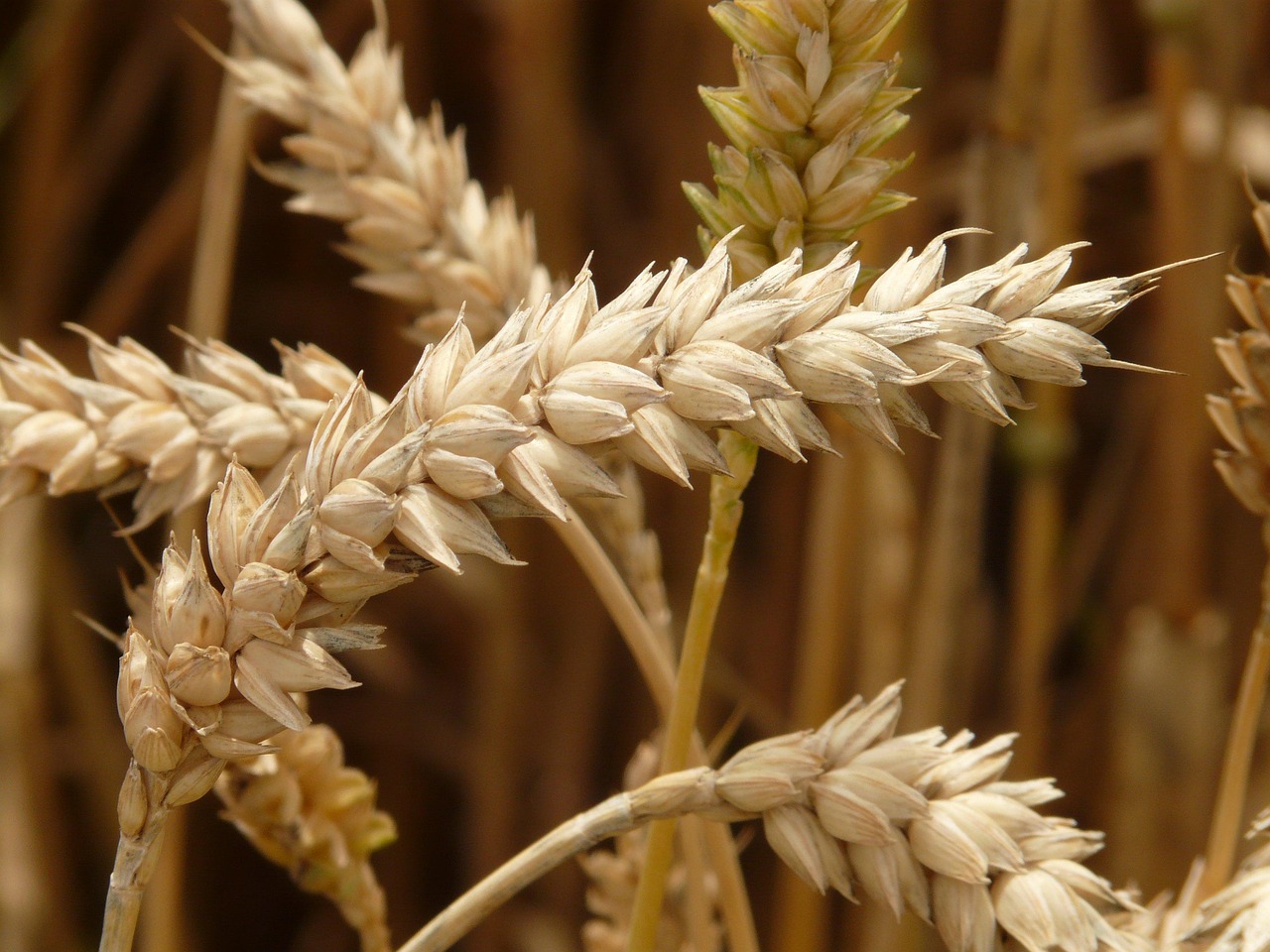
Students will learn the physical components and nutritional composition of a grain, understand the function of the protein gluten in the structure of bread products, and investigate how mechanical and chemical digestion begins with salivary amylase in the mouth.
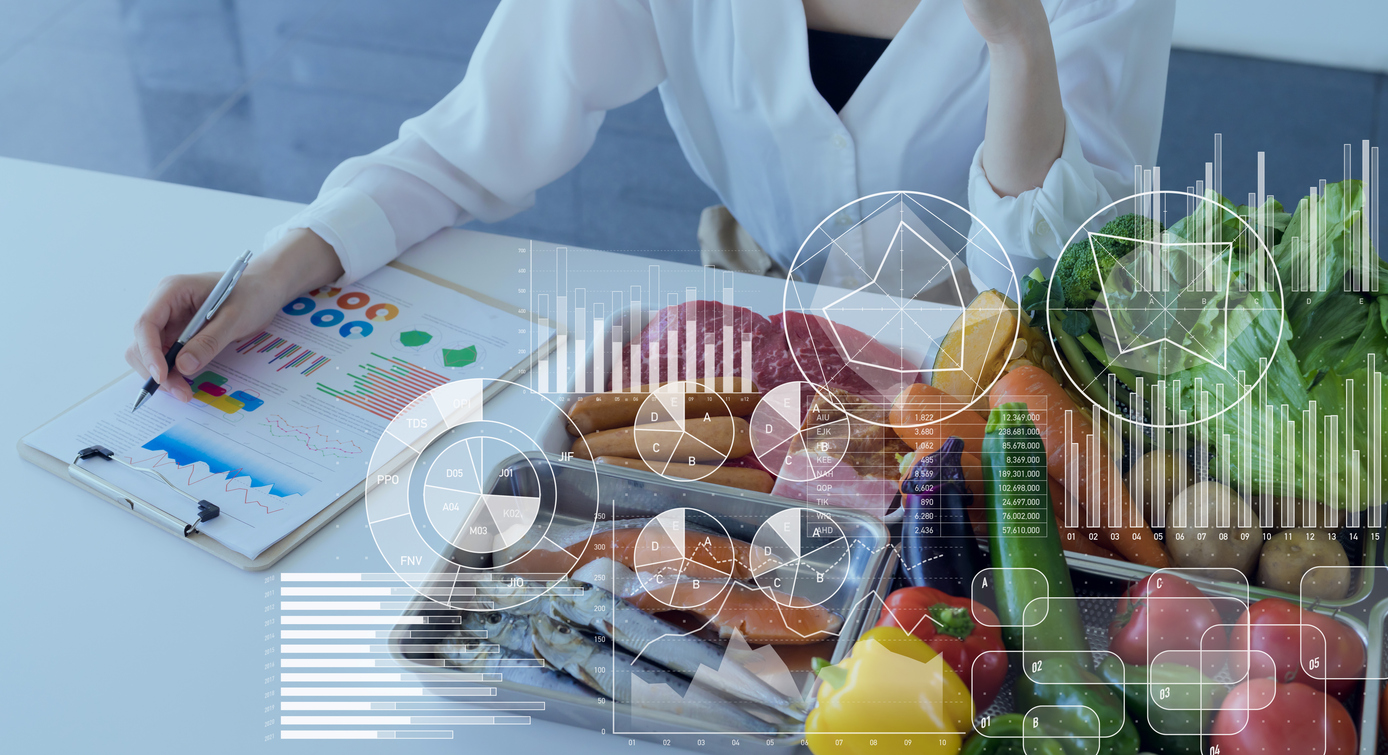
In this lesson, students will model the responsibilities of a food scientist by working in product development teams to create a new food product. Tasks will involve market analysis, economics, food chemistry and safety, graphic design, and communication.
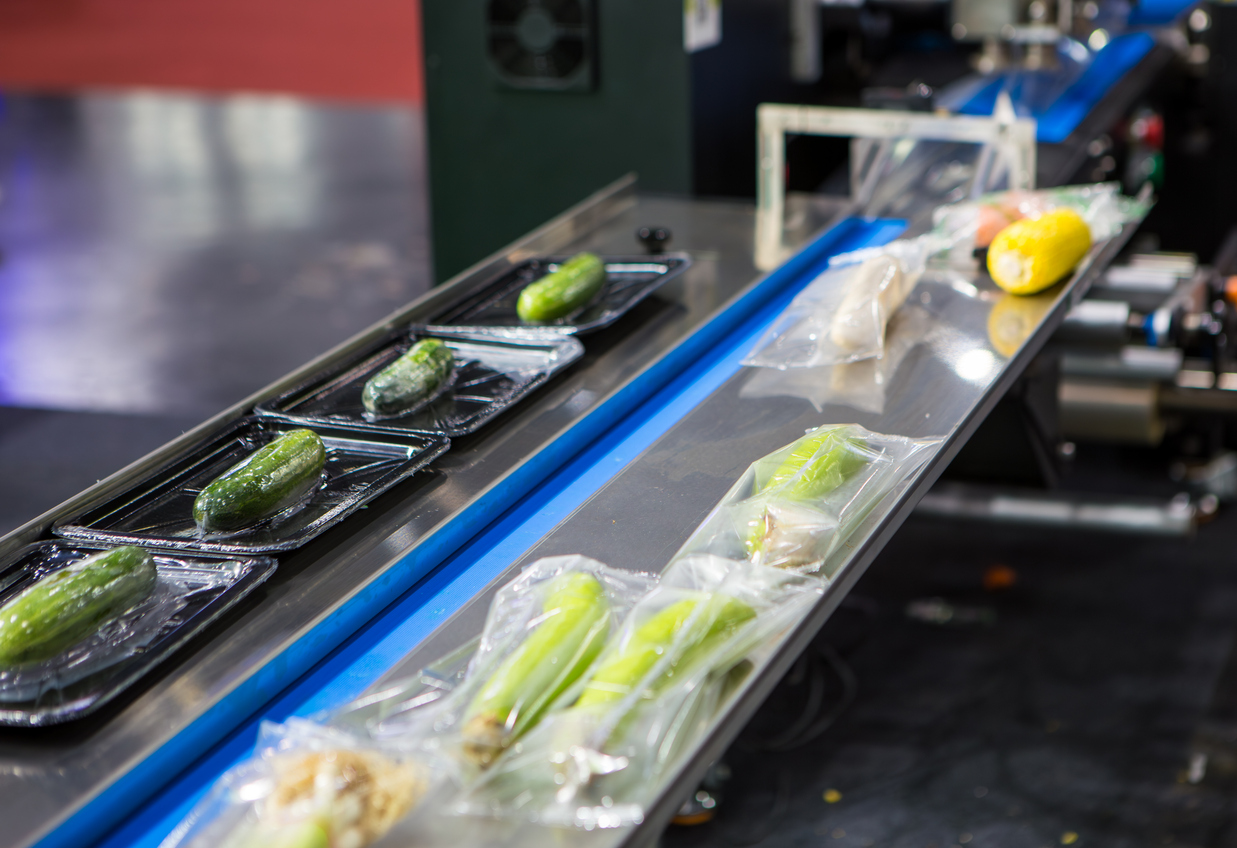
Students explore different levels of food processing and the ways in which processed foods affect the health of our diets by looking at examples of foods from the grocery store and by closely examining food labels.
Using an inquiry approach, students will develop an investigation to determine the difference between two juices. Food safety will be discussed in relation to the results of the investigations. Students will have the opportunity to discover how pasteurization reduces the number of microorganisms in a food such as juice.

In this lesson students will learn about foodborne illness, its prevention, and the people and organizations that are involved in food safety. Students will conduct an experiment to learn how hand-washing affects the presence of bacteria on their hands.
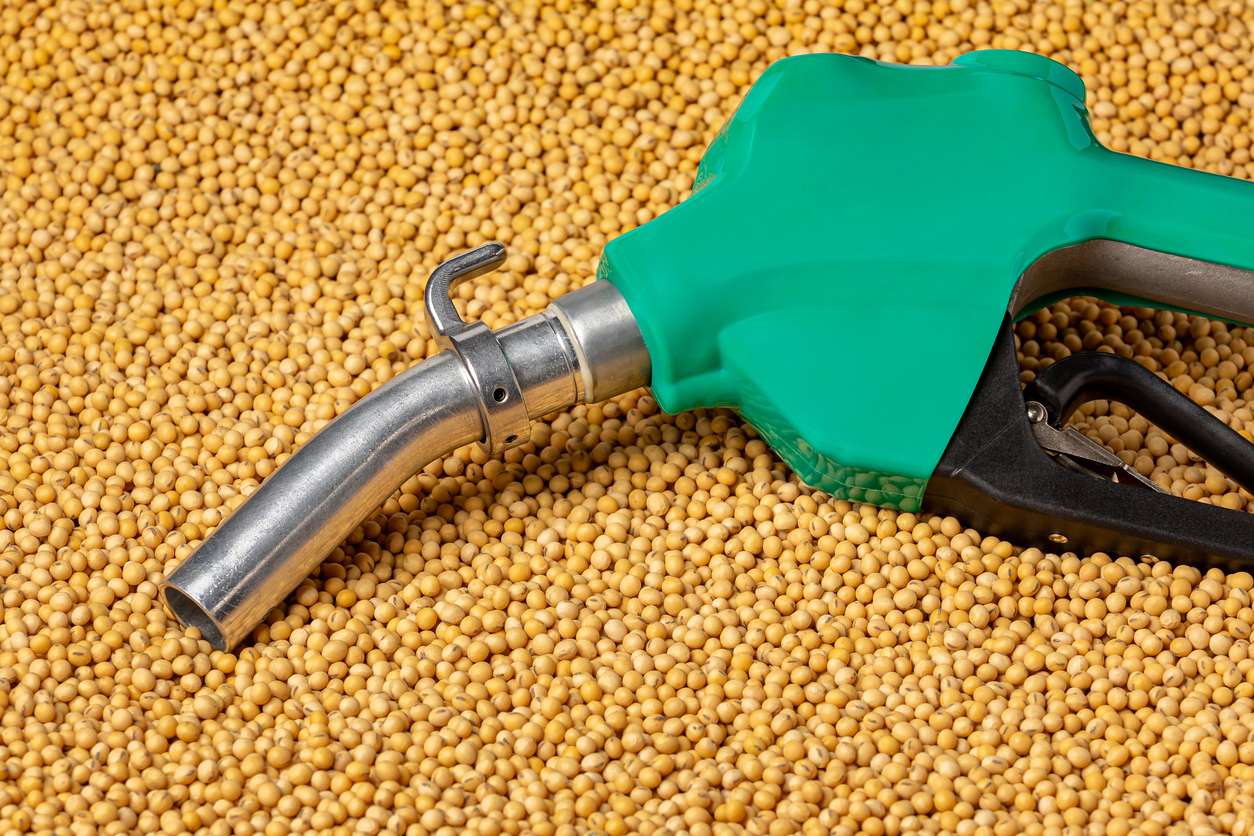
Students will discover potential careers in agriculture with a focus on the growing field of biofuel development.
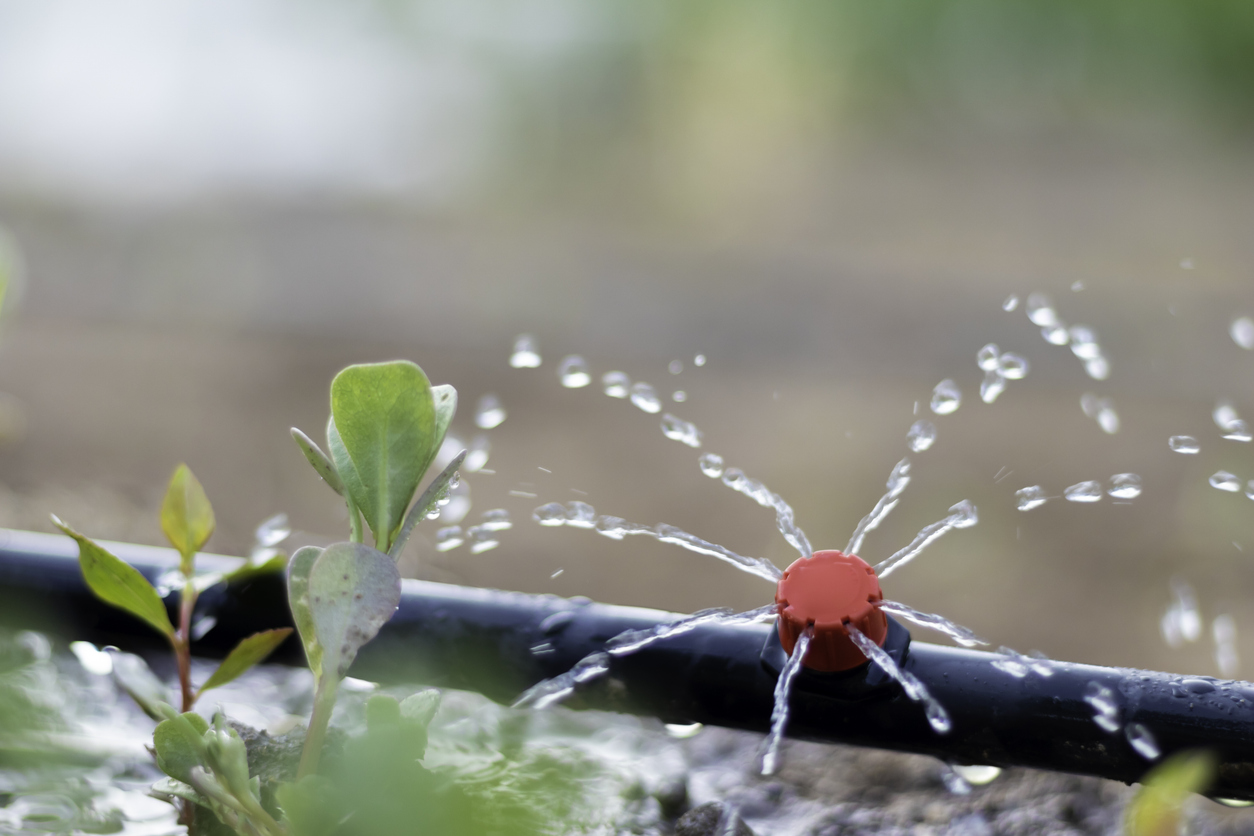
Through project-based learning, students design and create a smart watering system for a small herb garden.